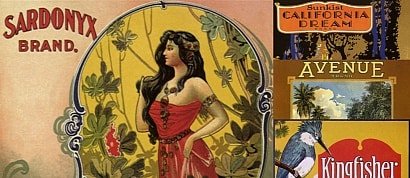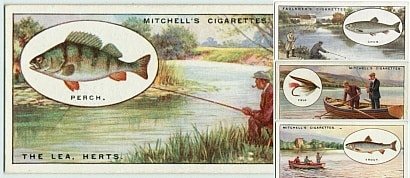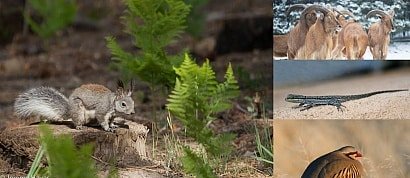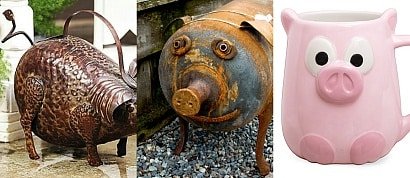A list of my favorite images of kakapos.
en.wikipedia.org/wiki/Kakapo
The kakapo, Māori for night parrot, (Strigops habroptila), also called owl parrot, is a species of large, flightless, nocturnal, ground-dwelling parrot of the super-family Strigopoidea endemic to New Zealand.
It has finely blotched yellow-green plumage, a distinct facial disc of sensory, vibrissa-like feathers, a large grey beak, short legs, large feet and wings and a tail of relatively short length.
A combination of traits make it unique among its kind: it is the world's only flightless parrot, the heaviest parrot, nocturnal, herbivorous, visibly sexually dimorphic in body size, has a low basal metabolic rate, no male parental care and is the only parrot to have a polygynous lek breeding system.
It is also possibly one of the world's longest-living birds.
Its anatomy typifies the tendency of bird evolution on oceanic islands, with few predators and abundant food: a generally robust physique with accretion of thermodynamic efficiency at the expense of flight abilities, reduced wing muscles and a diminished keel on the sternum.
The kakapo cannot fly, having relatively short wings for its size and lacking the keel on the sternum (breastbone), where the flight muscles of other birds attach. It uses its wings for balance and to break its fall when leaping from trees. It is an excellent climber, ascending to the crowns of the tallest trees. It can also "parachute" – descending by leaping and spreading its wings. In this way it may travel a few metres (yards) at an angle of less than 45 degrees.
Unlike many other land birds, the kakapo can accumulate large amounts of body fat.
The beak of the kakapo is adapted for grinding food finely. For this reason, the kakapo has a very small gizzard compared to other birds of their size.
It is generally herbivorous, eating native plants, seeds, fruits, pollen and even the sapwood of trees. A study in 1984 identified 25 plant species as kakapo food. It is particularly fond of the fruit of the rimu tree and will feed on it exclusively during seasons when it is abundant.
The kakapo is primarily nocturnal; it roosts under cover in trees or on the ground during the day and moves around its territories at night.
Like many other New Zealand bird species, the kakapo was historically important to the Māori, the indigenous people of New Zealand, appearing in many of their traditional legends and folklore.
However, it was also heavily hunted and used as a resource by Māori, both for its meat as a food source and for its feathers, which were used to make highly valued pieces of clothing.
The kakapo is critically endangered; as of June 2016, the total known adult population was 154 living individuals, as reported by the Kakapo Recovery programme.
Because of Polynesian and European colonisation and the introduction of predators such as cats, rats, ferrets and stoats, the kakapo was almost wiped out.
Conservation efforts began in the 1890s but they were not very successful until the implementation of the Kakapo Recovery plan in the 1980s.
As of April 2012, surviving kakapo are kept on three predator-free islands: Codfish (Whenua Hou), Anchor and Little Barrier islands, where they are closely monitored.
Two large Fiordland islands: Resolution and Secretary, have been the subject of large-scale ecological restoration activities to create self-sustaining ecosystems with suitable habitats for the kakapo.
Added to
People who voted for this also voted for
Film Diary of 2023
Fruit Crate Labels (1)
Assemblages, Mixed Media, objet trouvé, Shadow Box
Thanksgiving Day Cards (2)
TV Posters I Posted ~ 3+ Votes
Sara Sampaio Red Carpet All Star
Skinheads and Rudies Fashion
Cigarette Cards: Airmen & Airwomen (1936)
Cigarette Cards: Famous Actors & Actresses (1903)
Tiere in Nebenrollen
R.J. Lea Cigarette Cards
Booth babes, Promo models and car show girls Pt1
Cigarette Cards: Evolution of the British Navy
Father Director and Daughter Actress (Director)
Cigarette Cards: Fishing - Angling (1928)
More lists from kathy
Animals in New Mexico, USA
Favorite Pig Collectibles
Animals Eating Pasta
Animals and Bubbles
Favorite Images of Elephant Seals
Favorite Images of Bedlington Terriers
Favorite Images of Nilgais
 Login
Login

































































